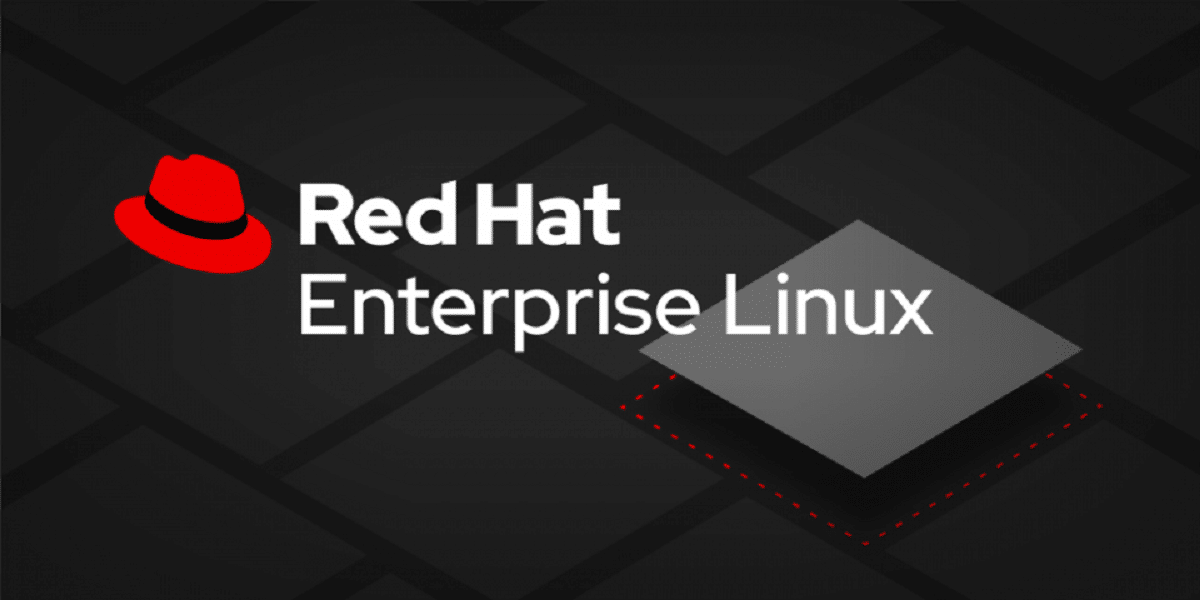
Red Hat recently released the release of the first beta version of "Red Hat Enterprise Linux 9" which stands out for its move to a more open development process that unlike the previous branches, the base of the CentOS Stream 9 package was used as the base to build the distribution.
For those who are still unfamiliar with CentOS Stream, you should know that CentOS Stream is positioned as an upstream project for RHEL, allowing third-party participants to control the preparation of packages for RHEL, propose their changes and influence decisions.
What's New in Red Hat Enterprise Linux 9 Beta
In this beta version the distribution is presented comes with Linux kernel 5.14, RPM 4.16 package manager, GNOME 40 desktop, and GTK 4 library. With this in GNOME 40, the Activities Overview virtual desktops are configured in landscape orientation and displayed as a continuous loop from left to right. Each desktop displayed in overview mode clearly displays available windows, which are dynamically scrolled and scaled through user interaction. A seamless transition is provided between the program list and virtual desktops.
GNOME uses the power-profiles-daemon driver, It provides the ability to switch on the fly between power save mode, power balance mode, and peak performance mode.
Another change that occurs is in audio streams have been moved to the PipeWire media server, which is now the default instead of PulseAudio and JACK. Using PipeWire enables you to deliver professional audio processing capabilities in a typical desktop edition, eliminate fragmentation, and unify your audio infrastructure for different applications.
By default, the GRUB start menu is hidden if RHEL is the only distribution on the system and if the previous start was successful. It is because of that To display the menu during startup, you must hold down the Shift or Esc or F8 key several times. From the boot loader changes, it is also noted that the GRUB configuration files for all architectures are placed in the same / boot / grub2 / directory (the / boot / efi / EFI / redhat / grub. cfg is now a symbolic link to /boot/grub2/grub.cfg), the same installed system can be booted using EFI or BIOS.
For simultaneous installation of different versions of programs and the most frequent generation of updates, Application Streams components are used, which can now be built using all RHEL supported package distribution options, including RPM packages, modules (sets of rpm packages grouped into modules), SCL (Software Collection), and Flatpak.
Also, by default a single unified cgroup hierarchy is used (cgroup v2). Cgroups v2 can be used, for example, to limit memory consumption, CPU resources and I / O. The key difference between cgroups v2 and v1 is the use of a common hierarchy of cgroups for all kinds of resources, instead of separate hierarchies for CPU resource allocation, memory throttling, and I / O. Separate hierarchies led to difficulties in organizing communication between controllers and additional kernel resource costs when applying rules for a process referenced in different hierarchies.
It is also highlighted that added support for accurate time synchronization based on the NTS protocol (Network Time Security), which uses public key infrastructure (PKI) elements and enables the use of TLS and Authenticated Encryption with Associated Data (AEAD) for cryptographic protection of client-server communication. over NTP (Network Time Protocol). Chrony NTP server updated to version 4.1.
Of the other changes that stand out:
- Distribution migration to Python 3 completed. By default, the Python 3.9 branch is offered. Python 2 has been discontinued.
- New branch of the OpenSSL 3.0 crypto library
- SELinux performance has been significantly improved and memory consumption has been reduced.
- By default, SSH login as root is denied.
- Obsolete packet filter management tools declared iptables-nft (iptables, ip6tables, ebtables and arptables utility) and ipset. Now it is recommended to use nftables to manage the firewall.
- Network script package removed, use NetworkManager to configure network connections.
- The ifcfg configuration format is still supported, but NetworkManager defaults to a keyfile-based format.
- Clang is used by default to build the QEMU emulator, which allowed the KVM hypervisor to use some additional protection mechanisms, such as SafeStack, to guard against the exploitative practices of Return-Oriented Programming (ROP).
- The capabilities of the web console have been expanded: additional performance metrics have been added to identify bottlenecks (CPU, memory, disk, network resources), the export of metrics for visualization has been simplified using Grafana, the ability to manage Live patches to Kernel added, authentication provided via smart cards (including sudo and SSH).
- SSSD (System Security Services Daemon) has increased the granularity of the logs.
- Expanded support for IMA (Integrity Measurement Architecture) to verify the integrity of operating system components using digital signatures and hashes.
- Provided experimental support (Technology Preview) for KTLS (kernel level TLS implementation), Intel SGX (Software Guard Extensions), DAX (Direct Access) for ext4 and XFS, AMD SEV and SEV-ES support on the KVM hypervisor.
Finally if you are interested in knowing more about it, you can check the details In the following link.
Get Red Hat Enterprise Linux 9 Beta
For those who are interested in being able to test this beta, they should know that ready-to-use installation images have been prepared for registered users of Red Hat Customer Portal (CentOS Stream 9 iso images can also be used to evaluate functionality.)
It should be mentioned that the launch of the stable version is expected in the first half of next year.